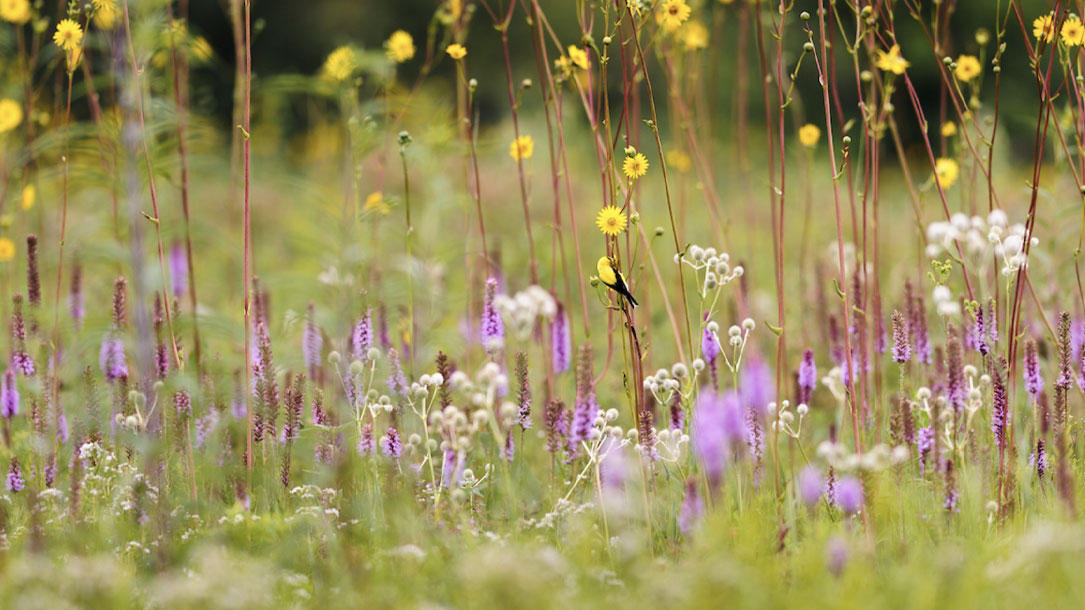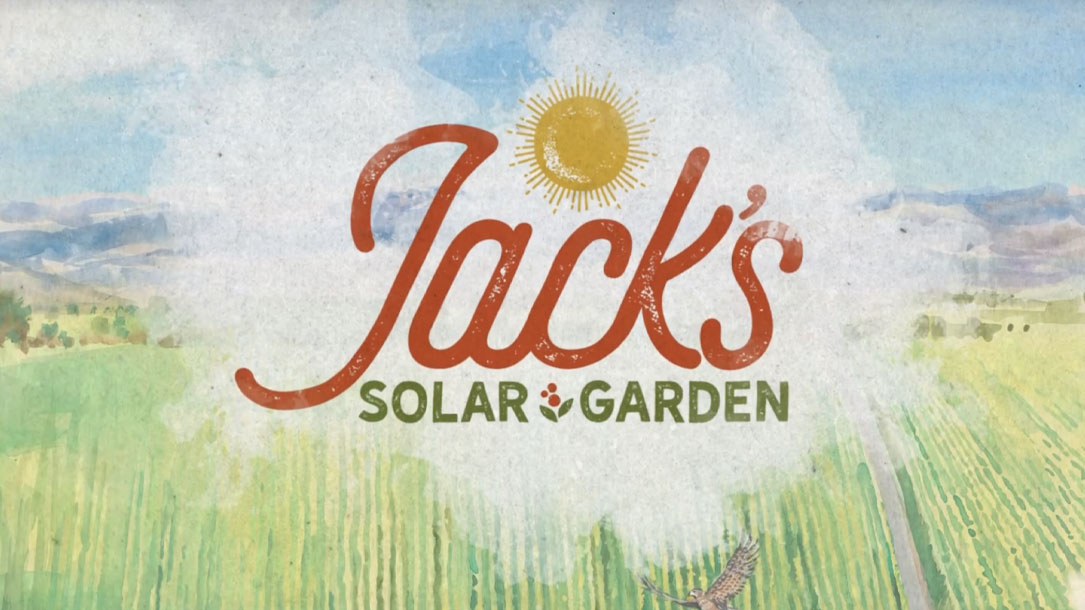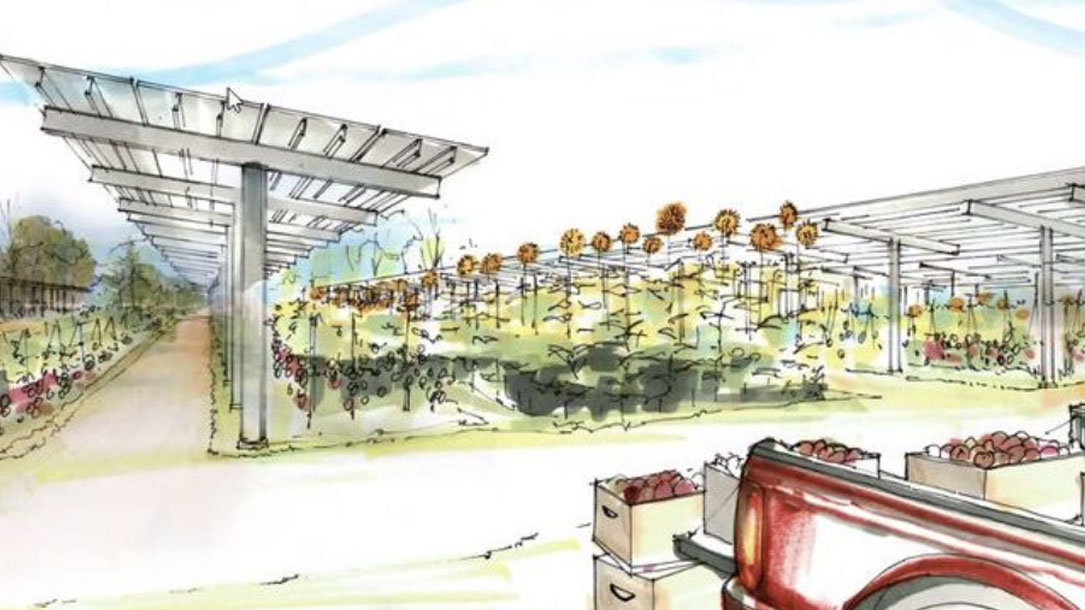
Climate change 2022: Impacts, adaptation and vulnerability
The Working Group II contribution to the IPCC Sixth Assessment Report assesses the impacts of climate change, looking at ecosystems, biodiversity, and human communities at global and regional levels. It also reviews vulnerabilities and the capacities and limits of the natural world and human societies to adapt to climate change.

Time is running out to avert a harrowing future, climate panel warns
The dangers of climate change are mounting so rapidly that they could soon overwhelm the ability of both nature and humanity to adapt, creating a harrowing future in which floods, fires and famine displace millions, species disappear and the planet is irreversibly damaged, a major new scientific report has concluded.
The report released Monday by the Intergovernmental Panel on Climate Change, a body of experts convened by the United Nations, is the most detailed look yet at the threats posed by global warming. It concludes that nations aren’t doing nearly enough to protect cities, farms and coastlines from the hazards that climate change has already unleashed, such as record droughts and rising seas, let alone from the even greater disasters in store as the planet keeps heating up.

Some surprising aspects of climate change on eastern U.S. forests
Forest composition in the eastern U.S. has been changing quite dramatically during the last century. The main change has been an increase in shade tolerant and mesophytic (middle moisture) trees, such as red maple (the #1 increaser), followed by black birch, tulip poplar, blackgum, and others. These increases have been to the detriment of oak, hickory, and pine trees. My research has found that one of the main drivers of this change is the suppression of fire, starting with Smokey Bear legislation in the 1930s.
Greenhouse gases and climate change have impacted eastern forests’ fall colors in various ways…

Here’s how Americans can donate to help people in Ukraine
“Across the country, many Americans are desperate to support Ukraine as its people try to fend off a Russian invasion that has left hundreds dead, thousands homeless and millions fearful of what could become of their country in the weeks ahead…”

Grasslands among the best landscapes to curb climate change
A study published Wednesday, November 14 in Science Advances by The Nature Conservancy and 21 scientific partners in the United States and Europe highlights the power of natural landscapes to resist climate change in the U.S.
Because grasslands, wetlands, forests, and other ecosystems naturally absorb and store carbon, the study shows that protecting and preserving these features of the natural world could allow for the annual absorption of one-fifth of all U.S. greenhouse gas emissions — the equivalent to emissions from all U.S. vehicles…

Jack’s Solar Garden is nationally significant
Agrivoltaics is the co-location of solar power and agricultural production. It is not a new idea, but is not in widespread use. Jack’s Solar Garden is the largest commercially active agrivoltaics system researching a variety of crop and vegetation growth under solar panels not just in Colorado, but in the US!

Phillipsburg: Revolutionary solar energy plan for panels over farmland
Phoebus Fund LLC, based in Williamstown, Gloucester County, is proposing the installation of 22 megawatts of solar power on farmland along the 1700 block of Belvidere Road in Lopatcong Township.
The proposal is unique in that the panels are installed 15 to 17 feet above the ground so that most of the land can still be farmed, according to Andrew Kennedy, partner with the Phoebus Fund. It’s a concept known as agrivoltaics that has been used in Italy, Germany, Japan, and Arizona, he said.
“We can grow almost anything under these plates,” said Kennedy. “In addition, our equipment serves as the foundation for irrigation and other types of agricultural equipment so that the farm can not only continue to operate but even improve over time”…

The surprising downsides to planting trillions of trees
On November 11, 2019, volunteers planted 11 million trees in Turkey as part of a government-backed initiative called Breath for the Future. In one northern city, the tree-planting campaign set the Guinness World Record for the most saplings planted in one hour in a single location: 303,150.

What “extinction” really means — and what it leaves out
Nearly two dozen species, including the iconic ivory-billed woodpecker and several kinds of freshwater mussels, were declared extinct this week by the US Fish and Wildlife Service, after years of surveys failed to turn up any of them. The 23 species on the list — which include animals and one plant — join another 650 or so species in the US that have been deemed lost to extinction or that scientists haven’t seen for decades.

Numb to the World
On August 1 1955, a telling photograph was featured in Life magazine. The photograph depicted cans, frozen foods containers, disposable diapers, garbage bags, and a paper tablecloth falling from the sky like rain onto a smiling couple who were raising their arms towards the tumbling sea of trash. The caption underneath the photo read, “Throwaway living: disposable items cut down household chores.” The photograph reflected a paradigm shift away from the pre-World War II ‘waste not want not’ philosophy of living and toward a more wasteful zeitgeist.












